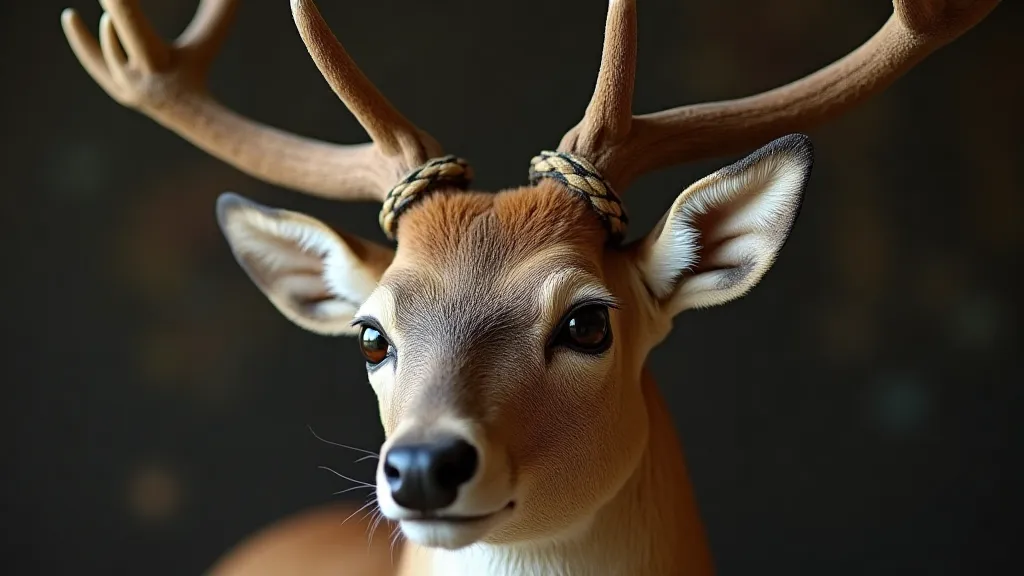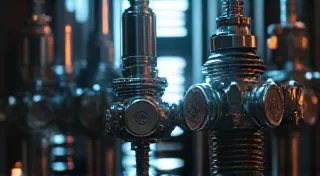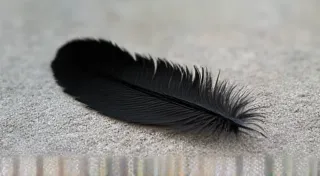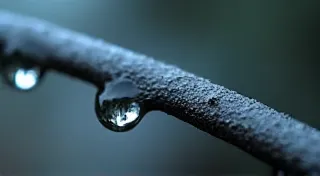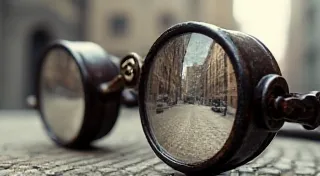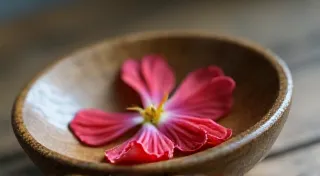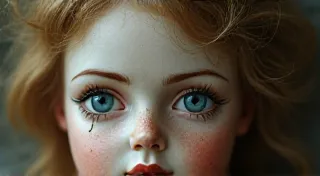Ephemeral Beauty: The Fragility of Preservation in Antique Taxidermy Collections
There’s a profound sadness, and yet an undeniable beauty, in encountering an antique taxidermy specimen. It’s a frozen moment in time, a whisper of a wild existence captured and preserved—often imperfectly—by the skilled hands of a bygone era. Unlike a painting or sculpture, these “animal mounts” aren't meant to represent an ideal; they are, in their essence, a faithful record of a real creature that once breathed, moved, and existed within its natural habitat. This inherent connection to life, and the inevitable march of time, makes their preservation a delicate and increasingly vital pursuit.
I remember the first time I truly understood this. I was assisting a local museum with cataloging a collection of Victorian-era bird mounts. One piece, a Ruby-throated Hummingbird, was particularly striking. Its iridescent feathers, though faded, still hinted at the vibrant jewel it once was. The meticulous detail in its tiny beak and the delicate pose it assumed, suspended mid-flight, spoke of the taxidermist’s dedication. But closer inspection revealed cracks in the paint, feather loss, and a pervasive mustiness that clung to the piece. It wasn’s simply old; it was struggling to survive.
A History of Preservation: Victorian Pride and Early Techniques
The heyday of antique taxidermy arrived with the Victorian era, a period obsessed with natural history and scientific exploration. Wealthy patrons commissioned mounts to adorn their homes, showcasing their travels and demonstrating their understanding of the natural world. Taxidermy wasn't just about preservation; it was a display of status and a testament to burgeoning scientific understanding. Early techniques were remarkably innovative but also inherently vulnerable to the passage of time.
The most common method involved using arsenic as a preservative. While incredibly effective at preventing decomposition (and a major hazard to early taxidermists!), arsenic-treated mounts are now problematic to handle and necessitate specialized conservation approaches. Later techniques utilized borax and other chemicals, but these too have limitations. The bodies of the animals were often wired or sewn around an armature, sometimes even stuffed with straw or other readily available materials. This construction, while allowing for a lifelike pose, is prone to shrinkage, distortion, and pest infestation.
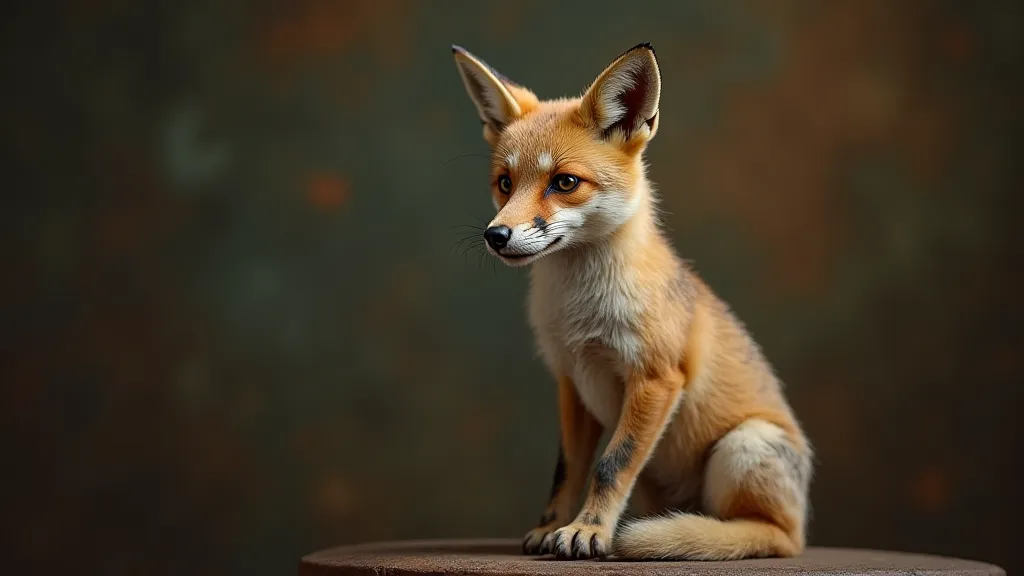
The Enemies of Time: Deterioration and Damage
The vulnerabilities of these antique treasures are numerous and relentless. Light, humidity, temperature fluctuations, and pests – particularly moths, carpet beetles, and rodents – all contribute to their slow decay. Light bleaches pigments, causing colors to fade and fur to become brittle. Humidity can cause swelling and cracking of the paint and glue, while extreme temperatures exacerbate these issues. Pests, of course, feast on fur, feathers, and the glue that holds everything together.
Beyond environmental factors, physical damage is a significant concern. Old glue joints can weaken and break, causing limbs to detach or poses to collapse. Wiring can corrode, leading to structural instability. And the simple act of handling – even with the best of intentions – can cause further damage. The fragility is palpable; these aren’t robust sculptures, but delicate creations teetering on the edge of oblivion.
Best Practices for Preservation: A Gentle Approach
Fortunately, there are practical steps collectors and institutions can take to mitigate these threats and ensure the longevity of their antique taxidermy specimens. The guiding principle should always be minimal intervention – “less is more.”
- Environment Control: This is paramount. A stable environment with consistent temperature (ideally around 68-72°F/20-22°C) and humidity (around 50-60%) is crucial. Avoid direct sunlight and drafts.
- Protective Display: Glass-fronted display cases offer a significant barrier against dust, pests, and accidental damage.
- Regular Inspection: A careful, gentle inspection at least annually can identify early signs of deterioration and allow for timely intervention. Look for cracks, loose joints, pest activity, and changes in color or texture.
- Gentle Cleaning: Dusting is essential. Use a soft-bristled brush or a low-powered vacuum cleaner with a brush attachment. Avoid harsh chemicals or abrasive cleaners.
- Pest Management: Implement a comprehensive pest management plan, including regular monitoring and appropriate preventative measures. Avoid spraying insecticides directly on the mounts.
- Professional Conservation: For serious deterioration or damage, seek the expertise of a qualified taxidermy conservator.
It's important to remember that restoration is a balancing act. While repairs can improve the aesthetic appearance of a mount, aggressive intervention can compromise its historical integrity. A skilled conservator will prioritize stabilization and preservation over a "perfect" restoration.
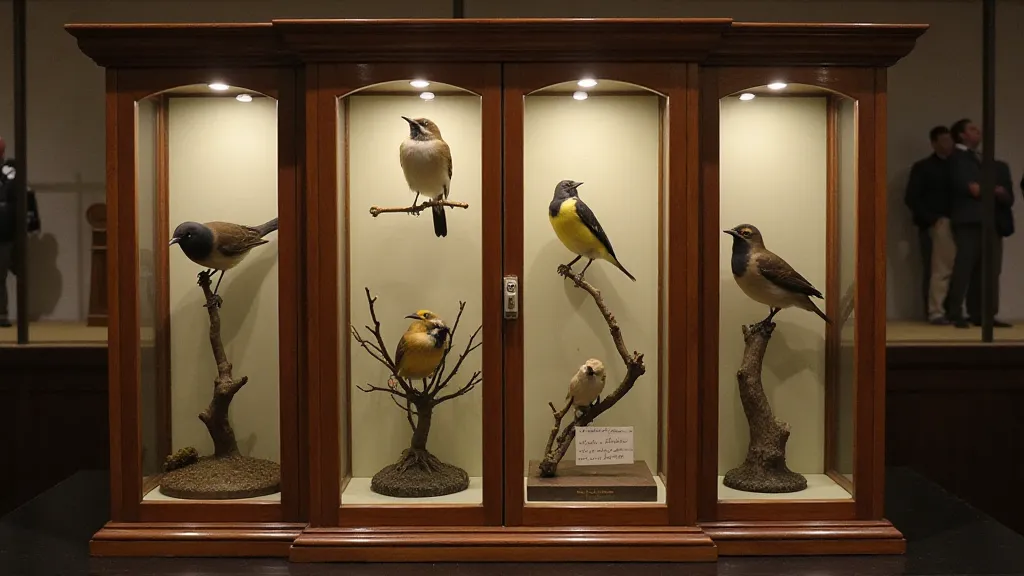
Beyond Preservation: Appreciation and Understanding
Ultimately, the preservation of antique taxidermy isn’t just about safeguarding objects; it’s about preserving a piece of history. These mounts are tangible links to a time when our relationship with the natural world was fundamentally different. They tell stories of exploration, scientific discovery, and a deep fascination with the animal kingdom. Appreciating the artistry, the historical context, and the inherent fragility of these specimens fosters a sense of responsibility – a commitment to ensuring that these ephemeral beauties continue to inspire and educate for generations to come. Recognizing their delicate state allows us to truly appreciate the craftsmanship and the fleeting nature of existence, even for those creatures frozen in time.
The faint scent of age, the subtle imperfections, the worn details – these aren’t flaws; they are the hallmarks of a life lived, a moment captured, and a legacy preserved. They are a poignant reminder of our shared connection to the natural world and the enduring power of art and science.
